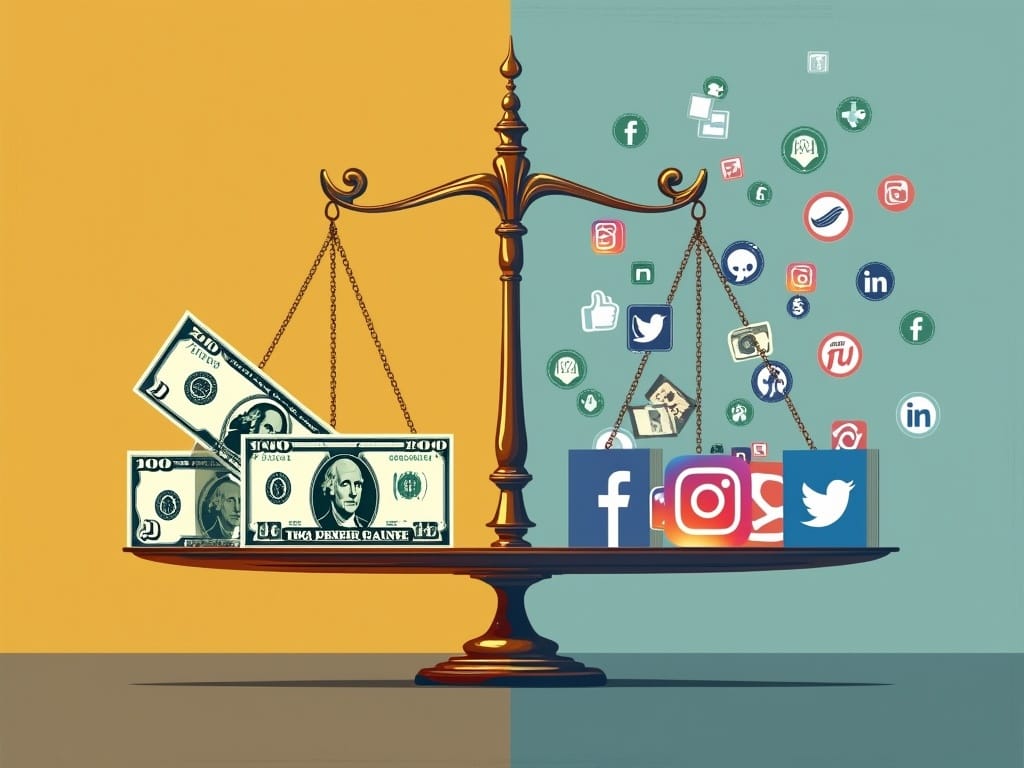In today’s fast-paced and interconnected world, human decision-making is influenced by more than just logical analysis or rational thinking. One of the most powerful factors in shaping our choices is social bias, where we prioritize how others perceive our decisions over the quality of the decisions themselves. This phenomenon is particularly evident in the field of marketing, where consumer behavior is often driven by social approval and a desire to conform to societal expectations.
The Influence of Social Bias on Decision-Making
Social biases, such as the desire for validation, the fear of judgment, or the pressure to fit in, significantly affect consumer choices. These biases can lead people to make decisions based on what is socially acceptable or what is perceived as the “right” choice, rather than considering the true quality or value of the decision at hand. In marketing, this has profound implications for how brands position themselves, how products are marketed, and how companies design customer experiences.
Advantages of Social Bias in Marketing
Marketers have long understood that social bias can be leveraged to drive consumer behavior. Below are some of the key advantages:
1. Social Proof and Influence
One of the most widely recognized social biases is social proof, where individuals look to others for guidance on how to act in uncertain situations. This bias is particularly potent in marketing, as consumers tend to trust the opinions of others—whether friends, influencers, or even anonymous online reviews—over traditional advertising. Companies can leverage this by featuring testimonials, user-generated content, and influencer partnerships. A classic example is how businesses like Amazon or TripAdvisor use customer reviews to influence purchasing decisions. Positive reviews act as social proof, creating a sense of trust and validating the product or service in the eyes of potential customers.
2. Bandwagon Effect
The bandwagon effect, where people adopt behaviors or opinions because others are doing the same, is another powerful tool in marketing. Marketers can amplify this effect by positioning their products as part of a larger trend or movement. For instance, Nike has successfully used celebrity endorsements, such as those with athletes like Michael Jordan and Serena Williams, to create a sense of exclusivity and widespread adoption. This results in the perception that if “everyone else is wearing it,” it must be the right choice, encouraging consumers to make a purchase to be part of the in-group.
3. Scarcity and FOMO (Fear of Missing Out)
The scarcity principle, which triggers a sense of urgency due to limited availability, also exploits social bias. Marketers create a sense of exclusivity by highlighting limited-time offers or limited-edition products. Companies like Supreme have built an empire on the idea of scarcity, with limited drops of highly sought-after items creating a fear of missing out. Consumers are often willing to pay a premium for products they perceive as exclusive, as owning such items signals belonging to a select group.
Potential Inconveniences and Risks
While leveraging social bias can be incredibly effective, it also comes with potential drawbacks that businesses must consider:
1. Herd Mentality and Brand Dilution
Over-reliance on social bias to drive consumer behavior can lead to a herd mentality, where people make purchases simply because everyone else is doing it. This can lead to a lack of brand differentiation and, ultimately, brand dilution. For example, when a brand like Abercrombie & Fitch relied too heavily on social proof and exclusivity to target a specific demographic, it faced backlash for its limited sizing options and elitist branding. This alienated a large portion of its potential customer base, and the brand’s popularity began to fade as consumers sought more inclusive and diverse options.
2. Short-Term Gains Over Long-Term Loyalty
When decisions are made based on social approval rather than the intrinsic value of a product or service, companies risk creating short-term demand rather than long-term loyalty. The success of limited-edition items or viral trends may fade quickly once the social pressure subsides. Tesla, for instance, has thrived on social proof and its association with environmentally conscious consumers, but if the company doesn’t maintain the quality and innovation that initially attracted its customers, it risks losing its competitive edge as others follow suit.
3. Negative Social Feedback
If a brand misinterprets social bias or doesn’t manage its reputation well, it may attract negative attention, leading to backlash. For example, Pepsi’s infamous 2017 ad featuring Kendall Jenner, which was widely seen as trivializing social justice movements, led to public outrage. While the campaign was intended to tap into the zeitgeist of social movements, it backfired by failing to understand the sensitivities of its audience. This misstep highlights how marketers must carefully navigate social biases to avoid alienating their target market.
Real-World Examples of Social Bias in Marketing
Several modern-day businesses offer insightful examples of how social bias can be both advantageous and potentially risky:
Apple: Apple’s marketing strategy is built on the power of social bias, particularly the bandwagon effect. By positioning itself as a symbol of innovation and exclusivity, Apple has cultivated a loyal customer base that proudly displays their products. This has resulted in the company achieving iconic status. However, it also faces challenges when its product launches fail to meet expectations, leading to disillusionment among consumers who have invested heavily in the brand.
Netflix: The entertainment giant has cleverly capitalized on the social bias of FOMO (Fear of Missing Out) by creating “must-see” shows like Stranger Things and The Crown. The cultural conversations surrounding these series, driven by social media and word-of-mouth, push individuals to subscribe to the service just to keep up with what everyone is talking about. This strategy has worked wonders for Netflix in retaining subscribers, but it also faces criticism for its “quantity over quality” approach, where consumers feel overwhelmed by the sheer volume of content.
GoPro: GoPro’s marketing revolves around social proof, with a focus on user-generated content. The brand encourages its customers to share their adventurous moments, creating a community of passionate users. This sense of belonging strengthens brand loyalty. However, GoPro must continually innovate to avoid the trap of over-relying on social validation, as many competitors now offer similar products.
Conclusion
In conclusion, while social bias plays a significant role in modern marketing strategies, businesses must be cautious of the risks associated with over-relying on social validation. Marketers should carefully balance the desire for social approval with the need to create meaningful and authentic customer experiences. Leveraging social proof, the bandwagon effect, and scarcity can provide valuable advantages in driving consumer behavior, but without maintaining product integrity and long-term customer loyalty, these advantages can quickly turn into inconveniences. As consumers become increasingly savvy, it’s essential for brands to adapt to changing social dynamics and build relationships that go beyond just “fitting in” with popular trends.
As marketing strategies evolve, Dr. Martin MAWO emphasizes the importance of understanding the psychological mechanisms behind consumer choices and how to ethically navigate social biases to build long-lasting connections with your audience.




